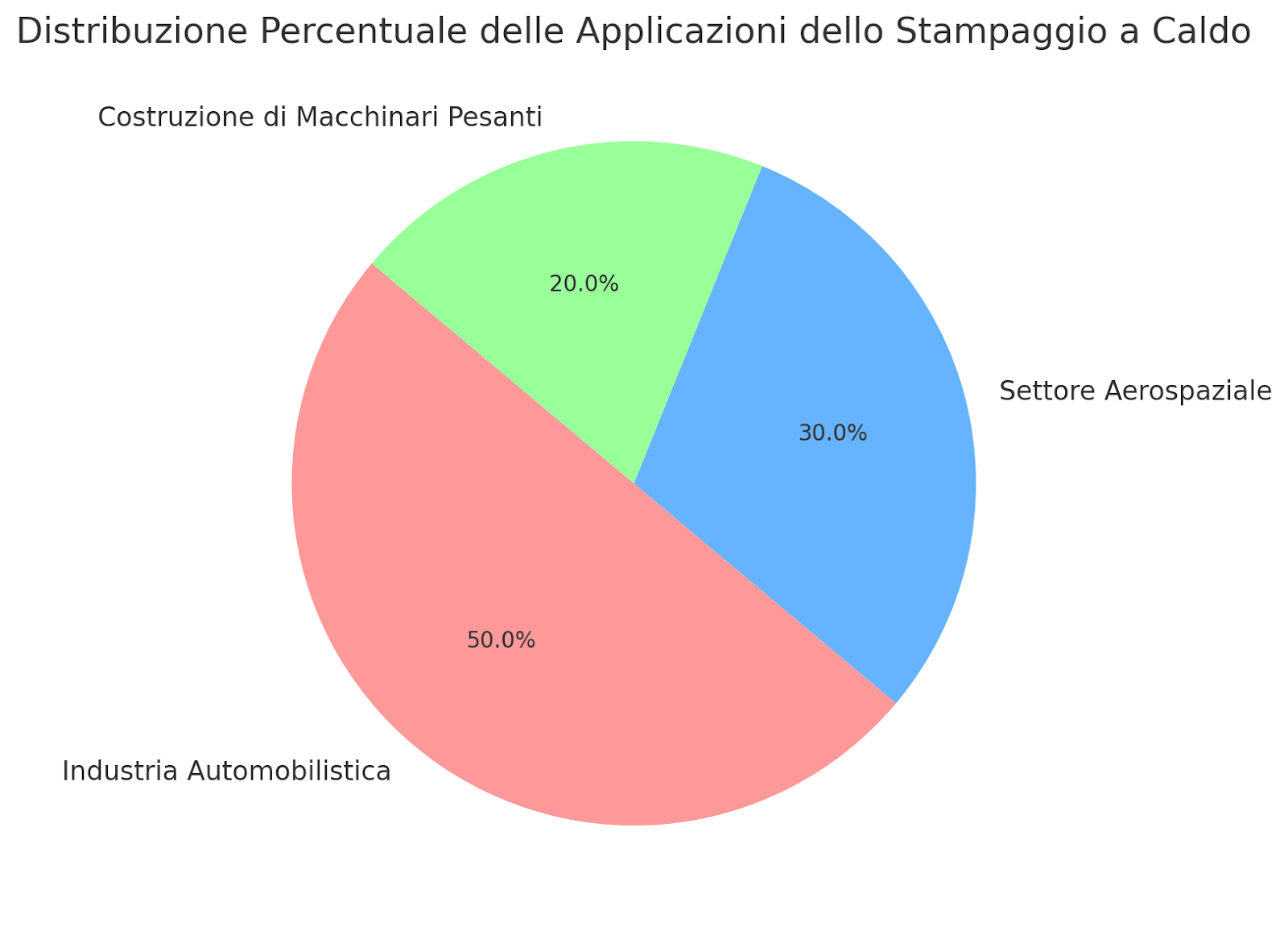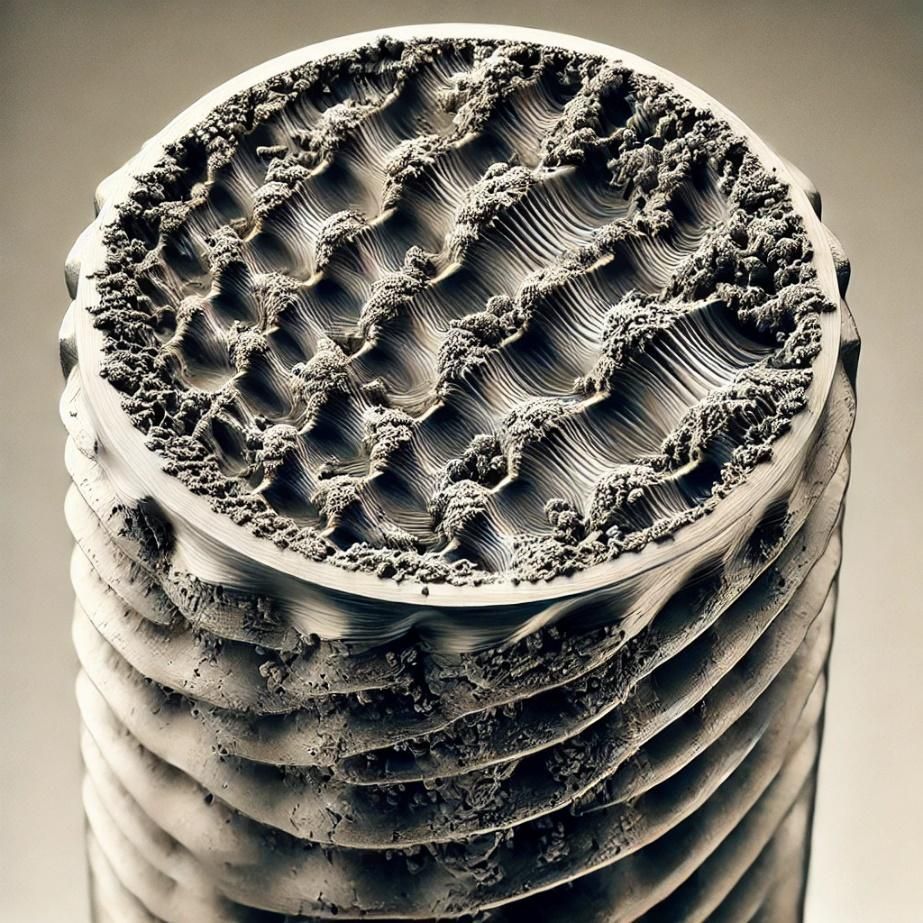COLD FORGING: TECHNICAL ANALYSIS AND APPLICATIONS
Introduction
Cold forging is a metal plastic deformation technique that takes place at room temperature or slightly above, without heating the material. This process is widely used for the production of metal components with tight tolerances, high surface quality, and improved mechanical properties. Cold forging is particularly suitable for mass production of parts such as screws, nuts, bolts, and other fasteners, but it is also applied in the manufacturing of more complex components in the automotive, electronics, and household appliance industries.
Cold Forging Process
The cold forging process includes several stages, each crucial to obtaining high-quality components with specific characteristics. Below is the typical sequence of this process:
1. Material Preparation
- Description: The starting material, usually a metal wire or bar, undergoes surface treatment operations such as pickling and lubrication to reduce friction during the forging process.
- Applications: This phase is essential to prevent surface defects and ensure uniform deformation during forging.
2. Forging
- Description: The prepared material is plastically deformed through a series of successive operations, such as extrusion, coining, and blanking, using specific dies and molds.
- Applications: Ideal for producing components with simple or complex geometries, tight dimensional tolerances, and high surface quality.
3. Heat and Surface Treatments
- Description: Depending on the application, the forged part may undergo heat treatments, such as quenching, and surface treatments, such as galvanization or nickel plating, to enhance mechanical properties and corrosion resistance.
- Applications: Used to adapt the component's properties to specific application requirements, increasing its durability and resistance.
4. Finishing and Quality Control
- Description: The finished part undergoes finishing operations such as deburring and polishing, followed by rigorous quality control to ensure all specifications are met.
- Applications: Ensures that the finished component meets the required dimensional and quality standards.
Cold Forging Process Characteristics Table
| Phase | Description | Objective |
|---|---|---|
| Material Preparation | Surface treatment and material lubrication | Reduce friction and prevent defects |
| Forging | Plastic deformation of the material through molds | Obtain the desired shape and dimensions |
| Heat and Surface Treatments | Enhancement of mechanical properties and corrosion resistance | Increase component durability and reliability |
| Finishing and Quality Control | Finishing operations and specification verification | Ensure product compliance and quality |
Cold Forging Applications
Cold forging is widely used in various industrial sectors where mass production of metal components with high precision and strength is required. Some examples of applications include:
1. Automotive Industry
- Example: Production of fasteners such as bolts and screws, as well as more complex components like shafts and gears.
- Advantages: Enables mass production of components with tight tolerances and high strength, reducing manufacturing costs and improving vehicle reliability.
2. Electronics and Household Appliances
- Example: Manufacturing of electrical contacts, terminals, and small metal components for electronic devices.
- Advantages: Ensures high precision and surface quality, essential for the proper functioning of electronic and household devices.
3. Construction and Engineering
- Example: Production of fasteners and brackets used in construction and infrastructure, where strength and durability are required.
- Advantages: Provides a cost-effective solution for producing strong and durable components, essential for structural safety.
Graph: Distribution of Cold Forging Applications
Below is a graph showing the percentage distribution of common applications for cold forging: This graph highlights how cold forging is widely used in the automotive, electronics, and construction industries, where component precision and strength are essential.

Advantages and Challenges of Cold Forging
Advantages:
- High Dimensional Precision: Cold forging allows the production of components with very tight dimensional tolerances, reducing the need for subsequent machining.
- Improved Mechanical Properties: The cold deformation process induces material hardening, enhancing the mechanical strength of finished components.
- Economic Efficiency: The ability to mass-produce large quantities of parts with high repeatability reduces unit production costs.
Challenges:
- Material Limitations: Not all materials are suitable for cold forging; the process is more effective with ductile metals such as steel and aluminum.
- Complex Shape Constraints: Overly complex shapes may be difficult to achieve with cold forging, potentially requiring additional processes.
- Tooling Costs: The dies and molds used in the process must be highly precise and durable, leading to significant initial costs.
Commercial Conclusion
Cold forging is a key technology for producing high-quality metal components with high dimensional precision and superior mechanical properties. While it presents challenges such as material limitations and complex shapes, its advantages in terms of economic efficiency, quality, and strength make it a preferred choice in many industrial sectors.













